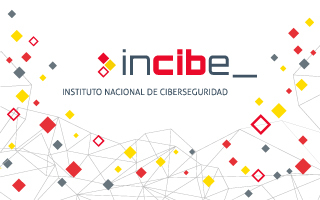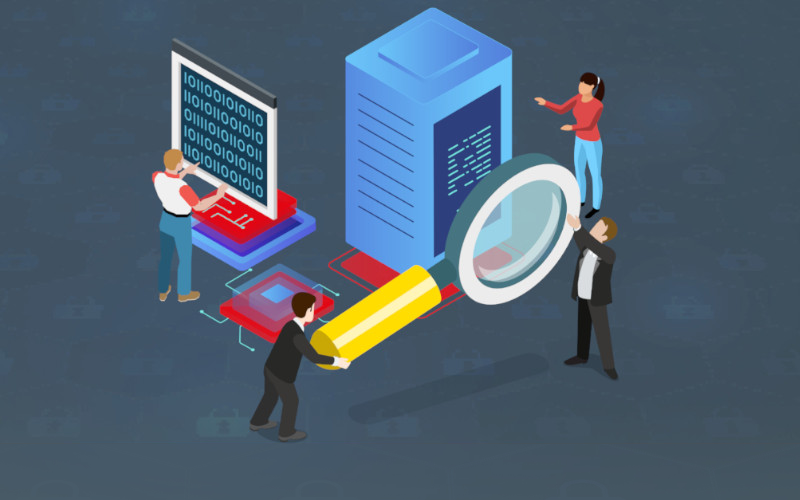
The presence of Shadow IT, i.e., the unauthorized or unmanaged use of IT technologies and services by employees, poses challenges and risks of considerable magnitude.
The rapid adoption of personal devices and applications, as well as accessibility to cloud services, have increased the complexity of the security landscape. This situation poses a risk that can compromise the confidentiality and integrity of the organization's information.



In recent decades, the need to control processes remotely to improve efficiency, productivity and accelerate decision making on industrial systems has led to the interconnection of operation technologies (OT) with information technologies (IT). This interconnection has given rise to a number of security risks in industrial control systems, and to meet these challenges, specific tools and technologies have been developed and adapted to help ensure cybersecurity in industrial environments. One such tool is the Security Operations Center (SOC).
In this article we will focus on the importance of advanced monitoring in a SOC OT.

Firmware analysis can help to uncover potential vulnerabilities that would otherwise never have been discovered.
Although there are multiple types of attacks on IoT and IIoT devices, this guide focuses on the firmware of these devices to check for potential vulnerabilities, using security testing and reverse engineering to allow for an in-depth analysis of the firmware.


The increase of malware specifically designed to run on systems that support industrial processes creates a need in the industry that can be partly covered by different technological solutions. This article will focus on the different options available on the market to detect malicious files that aim to modify the operation of industrial environments or simply cause denials of service.
Both portable and agent-deployed solutions can be an option, and this article will reflect on these and other options as well as provide guidelines on when it is best to use one solution or the other.

The evolution of communications in society is also having an impact on the industrial world. With the arrival of 5G, many industrial companies have considered migrating some of their communications to take advantage of the characteristics of this new mobile communications band, such as the reduction of latency times, the increase in connection speed or the exponential increase in the number of devices that can be connected to the network. These characteristics fit perfectly with the industrial mentality, where there are a multitude of interconnected devices between which there cannot be a communication cut due to the criticality of the processes they implement.
This article aims to comment, in addition to all the advantages that 5G provides to the industry, the different uses that can be given currently and the complexity of implementing these communications in some devices for subsequent deployment in the industry. Also, to specify possible vulnerabilities in communications using 5G networks.





